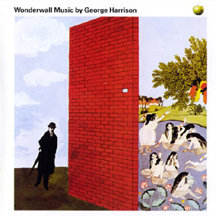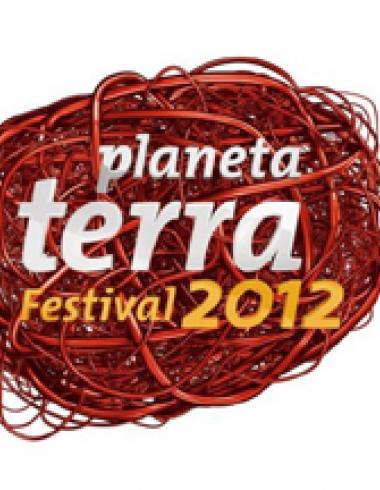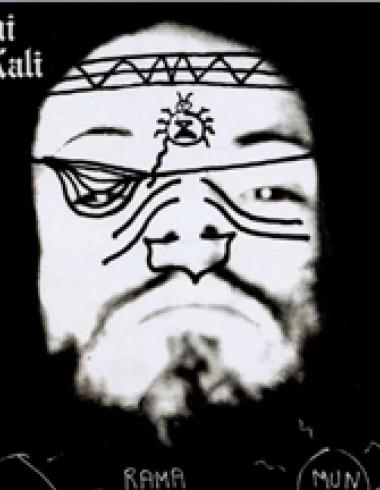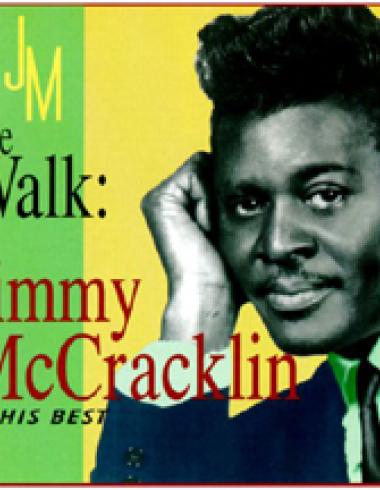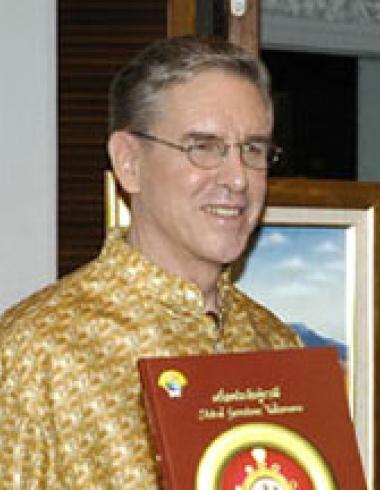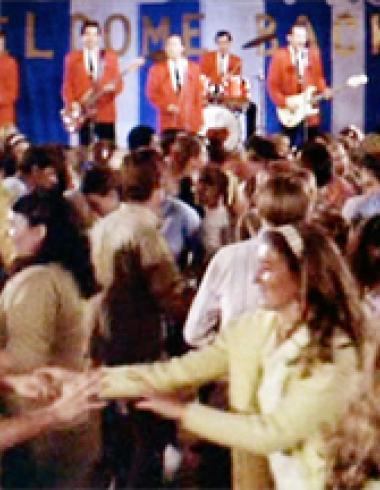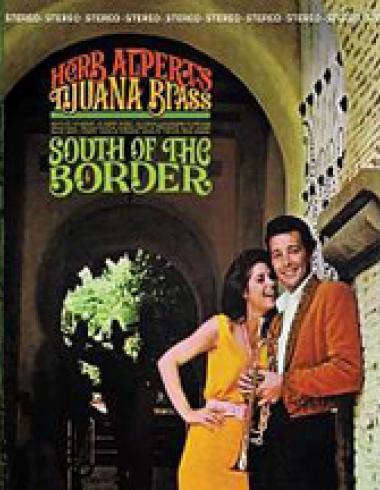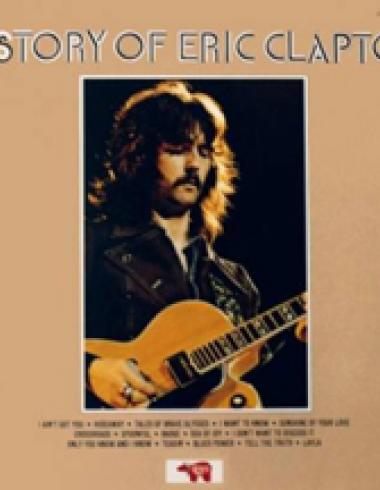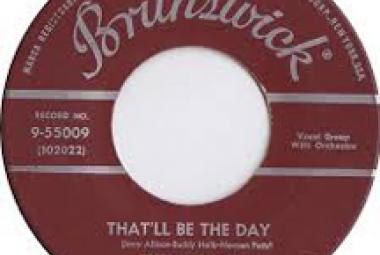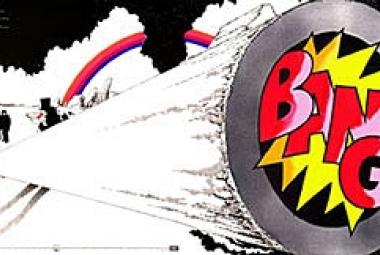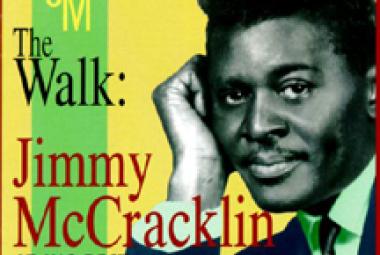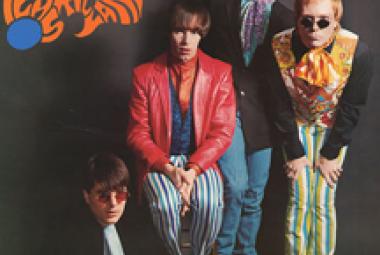WONDERWALL MUSIC
Wonderwall Music is the soundtrack album to the 1968 film Wonderwall, and the debut solo release by English musician George Harrison. It was the first album to be issued on the Beatles' Apple record label, and the first solo album by a member of that band. The songs are all instrumental pieces, except for occasional non-English vocals, and a slowed-down spoken word segment on the track "Dream Scene". He used the film soundtrack to further promote Indian classical music by introducing rock audiences to musical instruments that were relatively little-known in the West. Harrison's main collaborator on the project was classical pianist and orchestral arranger John Barham. Although the album's release in November 1968 marked the end of Harrison's direct involvement with Indian music, it inspired his later collaborations with Ravi Shankar, including the 1974 Music Festival from India. (More from Wikipedia)
The liner notes for the album were a mess, and George Harrison was not originally credited with performing any of the music, leading many to think that he merely oversaw the album; actually, in addition to arranging the music, Harrison played electric and acoustic guitar, piano, and Mellotron. Other musicians on the album include Eric Clapton on electric guitar – credited as "Eddie Clayton" – Harrison's bandmate Ringo Starr on drums, and Peter Tork of the Monkees who plays banjo (!). In 1969, George Harrison collaborated with Eric Clapton on perhaps my very favorite song by Cream, "Badge".
One disadvantage of my early exposure to Wonderwall Music was that the bar was set very high for me as far as incorporating Indian musical forms into rock music, and I was disappointed by most sitar work on rock albums since then.
* * *
While working as a machinist in a local factory, Richard Starkey befriended Roy Trafford, who introduced him to skiffle music. The two began practicing together and were joined by another co-worker Eddie Miles, forming the Eddie Miles Band that was later renamed Eddie Clayton and the Clayton Squares. (Interestingly, Eric Clapton took the pseudonym "Eddie Clayton" in his credits for Wonderwall Music, perhaps from this connection).
(September 2014)
* * *
One thing about Kum Back that I didn’t particularly like was the seemingly endless performance of “Teddy Boy”; unlike most of the songs on the album that became part of the Beatles’ Let it Be album, “Teddy Boy” was instead released as a song on Paul McCartney's first solo album, McCartney – this album actually came out in April 1970, the month before Let it Be. (McCartney is not the first solo album by a Beatle though; Wonderwall Music, a soundtrack album of Indian classical music for a film called Wonderwall, was released in November 1968 by George Harrison).
(September 2017)
